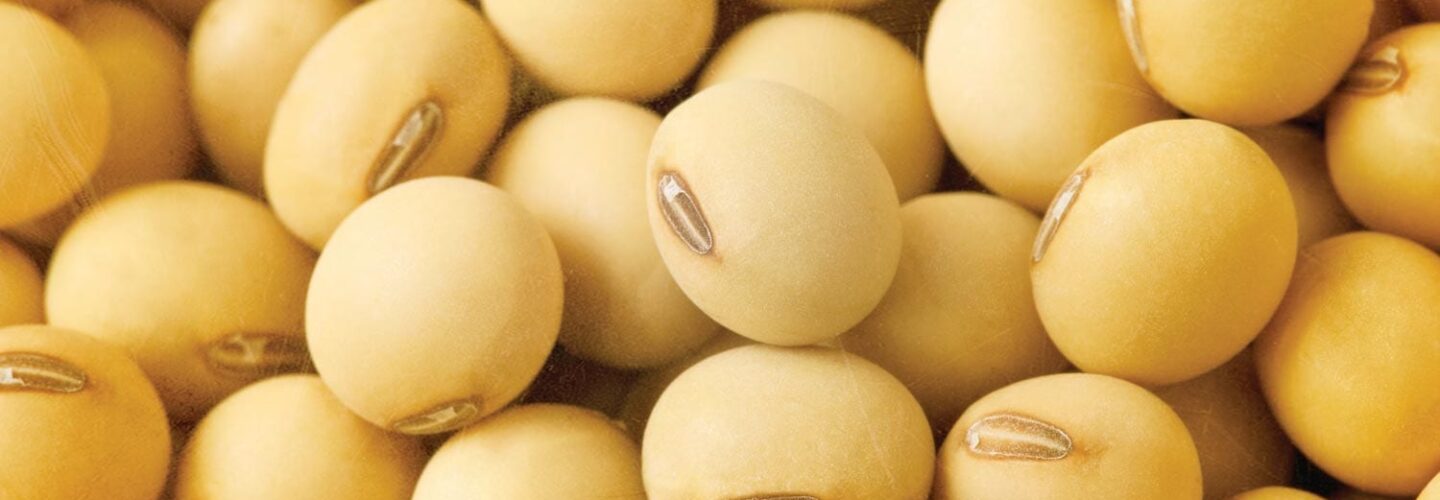
Measuring Quality of 2020 U.S. Soy Commodity Beans
Results from the 2020 Quality of U.S. Soy Commodity Beans Survey have recently been updated.
Many factors impact soybean quality, making bean characteristics variable from year to year. The makeup of a soybean is affected by the growing season, its weather and where the crop is planted geographically. Each year, a survey is conducted to analyze the quality of U.S. Soy commodity beans.
How did this year’s crop measure up? Seth Naeve, associate professor and extension agronomist at the University of Minnesota, presented an overview for participants at both the Northeast and Southeast Asia U.S. Buyers Outlook Conferences, hosted virtually this year.
Naeve first explained the effect of environmental impacts on soybean protein and oil. While climate affects the long-term quality of soybeans, weather affects quality fluctuations that occur year to year.
Of the 1,285 U.S. Soy growers who returned samples for the study, many reported the 2020 growing season started too wet and ended too dry. Naeve said this weather pattern is the recipe for low protein in soybeans. Results of the survey support this anticipated result.
Some results of the survey were to be expected, while others surprised Naeve. While protein and oil typically vary geographically, they tend to have an inverse relationship. This year, protein concentration was down and oil concentration was up, but there was more than a one-to-one tradeoff.
Though the survey focused on protein and oil concentration, Naeve noted there are better measures of soybean value that can be examined. For example, the U.S. Soybean Export Council’s Dare 2 Compare initiative encourages U.S. Soy buyers to focus on amino acid profiles and energy over crude protein content when evaluating the quality of a bean.
Naeve added that protein concentration is an efficient way of measuring a crop, but altering the evaluation of soybeans and looking beyond protein concentration allows for a more well-rounded analysis of both quality and value.
“One of the things that we’re very interested in is amino acids, and as you’ve probably heard me talk before about amino acids, we tend to have a very strong tradeoff between protein level and the quality of that protein, so quantity versus quantity,” he said. “There’s a strong trade off in soybean from one versus the other.”